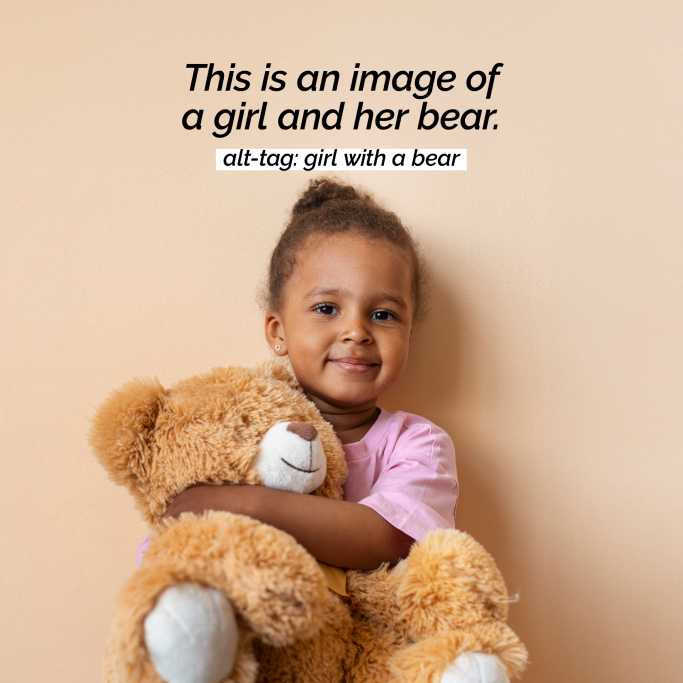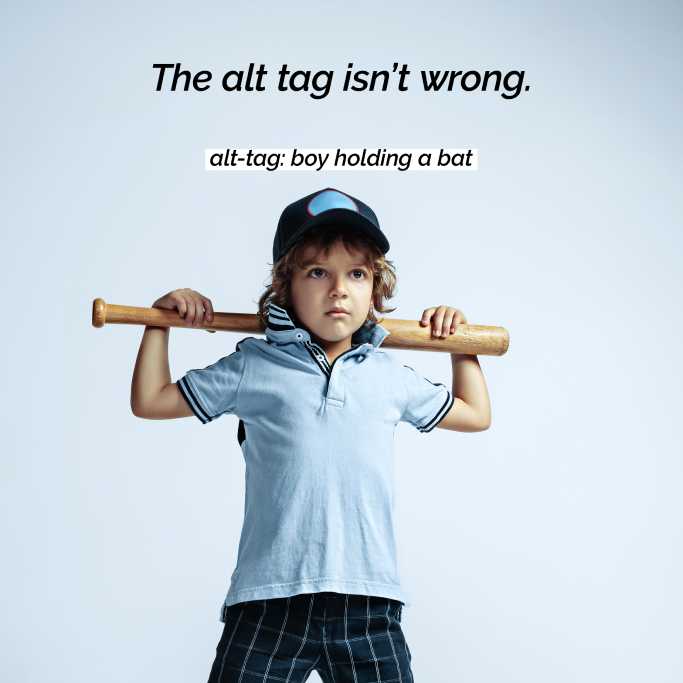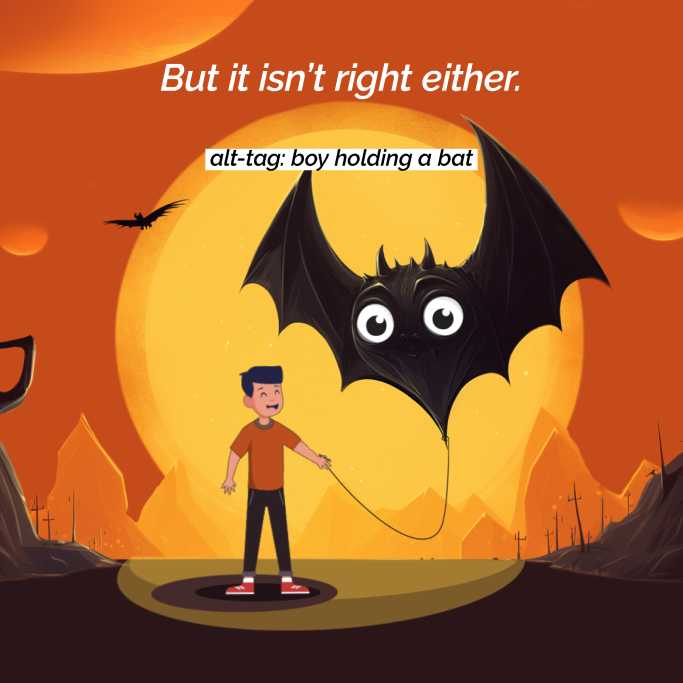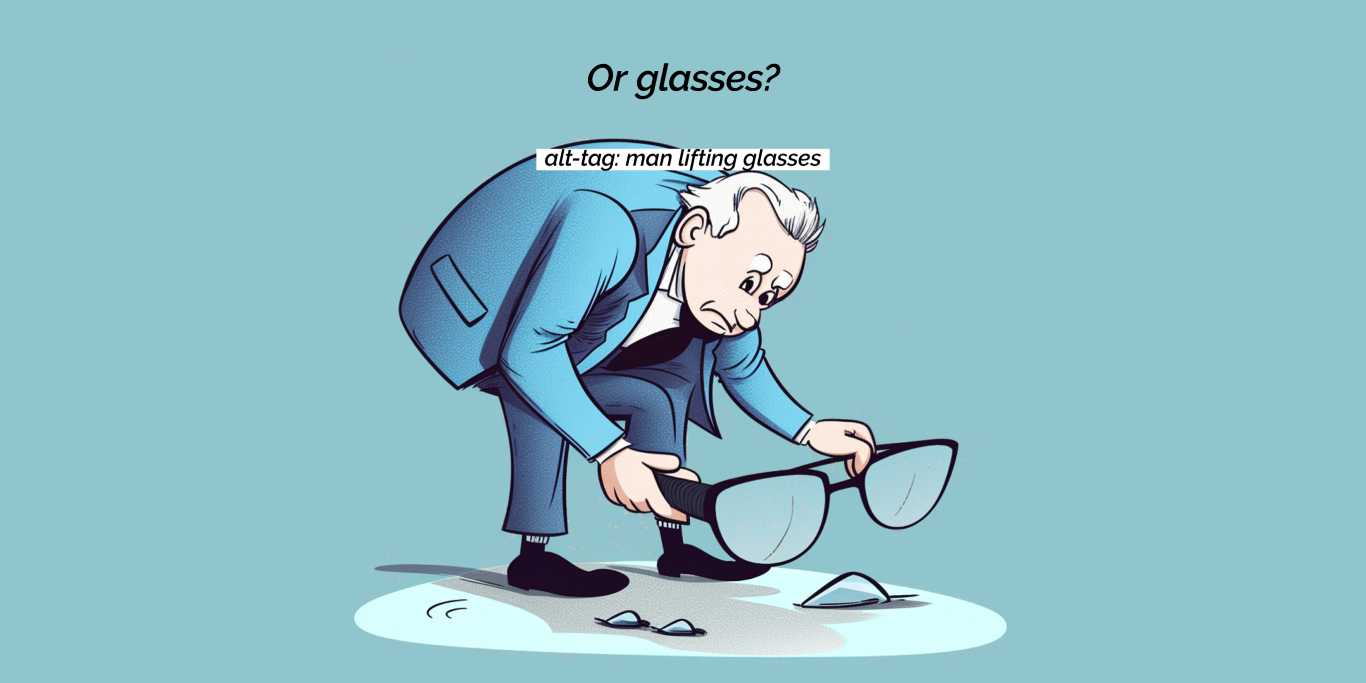CIVIC knowsHearing
is seeing
Accessibility by Design

They say a picture paints 1,000 words.

But if you can’t see the picture to begin with, then you are
actually going to need to hear some of those words.
You are going to need some alt-tags.
Designing for accessibility
More than two million people are estimated to be living with sight loss in the UK. And, in the future, according to key information and statistics on sight loss in the UK from the RNIB, it is estimated that one in five people will live with sight loss in their lifetime
As the number of people effected continues to grow, so too does the number of people using assistive technology such as screen readers. Ensuring that your content is accessible through these technologies, and that these audiences are not excluded, is not only the right thing to do – it is also a legal responsibility to do so.
Yet there remains a long way to go, both to raise awareness and to change perceptions about accessibility in design.
From visually impaired users to those with neurodiversity considerations, the challenge around designing for accessibility can be complex. With many elements to be aware of such as page structure, reduced motion options, font sizing, content available with accessible fall backs, colour contrast and interactions across devices, it can be hard to know where to start.








A word about homophones
The English language is wonderfully brilliant. But it can also be wonderfully confusing. The difference in meaning between ‘ate’ and ‘eight’ may be obvious to a sighted person, but to the visually impaired they just sound the same.
There are countless words in the English language that sound the same but have completely different meanings. These words are called homophones, and can cause confusion in writing and speaking, particularly when a person is relying on screen reader technology to hear what is on a page.
In the case of alt tags, where the description may be short, it is important to be aware of them and use them correctly so that the person can quickly and clearly understand what the image is showing.













Accessibility FAQs
Yes, all businesses and organisations should ensure that their services, including websites and apps, are accessible to people with disabilities. This promotes inclusivity, enhances user experience, and broadens audience reach. Public sector websites and apps must comply with the Web Content Accessibility Guidelines (WCAG) 2.2 at the AA standard.
In the UK, the Equality Act 2010 requires all businesses and organisations to make reasonable adjustments to ensure their services, including websites and apps, are accessible to people with disabilities. Public sector bodies must also comply with the Public Sector Bodies Accessibility Regulations 2018 and adhere to the Web Content Accessibility Guidelines (WCAG) 2.2 at the AA standard.
The European Accessibility Act enhances the accessibility of products and services across EU member states, ensuring equal access for people with disabilities and incorporating WCAG standards to promote digital accessibility. Although the UK is no longer legally bound by this Act following Brexit, many organisations still follow its principles to ensure compliance and inclusivity, particularly when engaging with the EU market.
You need to check your website's accessibility using various tools and methods:
- Automated accessibility testing tools, such as WAVE, Axe or the upcoming CIVIC's Accessibility Scanner can help identify common issues
- Manual testing is essential for a comprehensive evaluation, including analyzing the code, checking keyboard navigation, screen reader compatibility, and cross-device functionality
- It’s also important to seek feedback from users with disabilities to ensure your site meets their needs.
Accessibility at CIVIC
At CIVIC, accessibility is more than a tick-box exercise. We combine practical know-how with a deep understanding of the latest regulations to ensure online communications are rewarding for all.
Our accessibility consultants are technologists and educators with expertise in Digital Accessibility, the WCAG Standard and Assistive Technology (AT). Some of them have also been actively been involved in the W3C working groups on Accessibility and Digital Publishing that have led to new draft specifications, like WCAG 2.2 and ‘Project Silver,’ now known as WCAG 3.0.
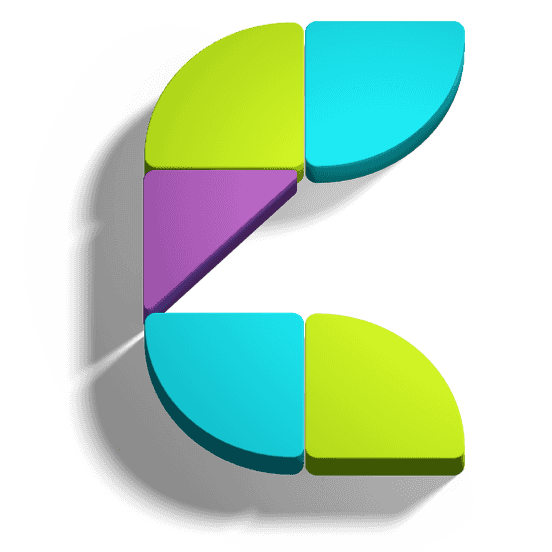
Find out more
To find out more about our accessibility team and what they can do for you, your business or your organisation, get in touch with our Principal Accessibility Consultant, Andrew Gribben.












